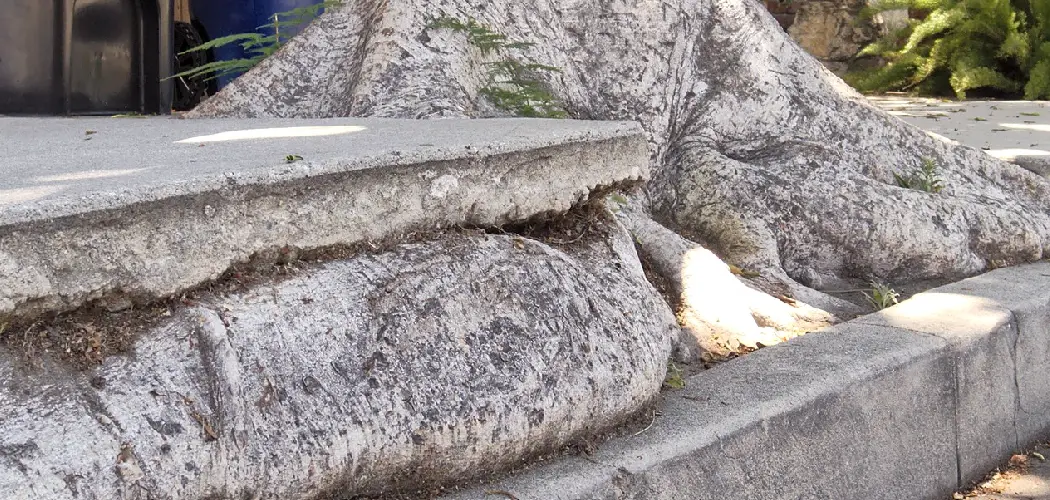If you’re having problems with your concrete driveway from damage caused by tree roots, repairs can take some time and effort. Tree roots can easily invade and protrude through concrete surfaces that have become weakened due to ground movement or an improperly placed underground barrier meant to protect the surface from root invasion.
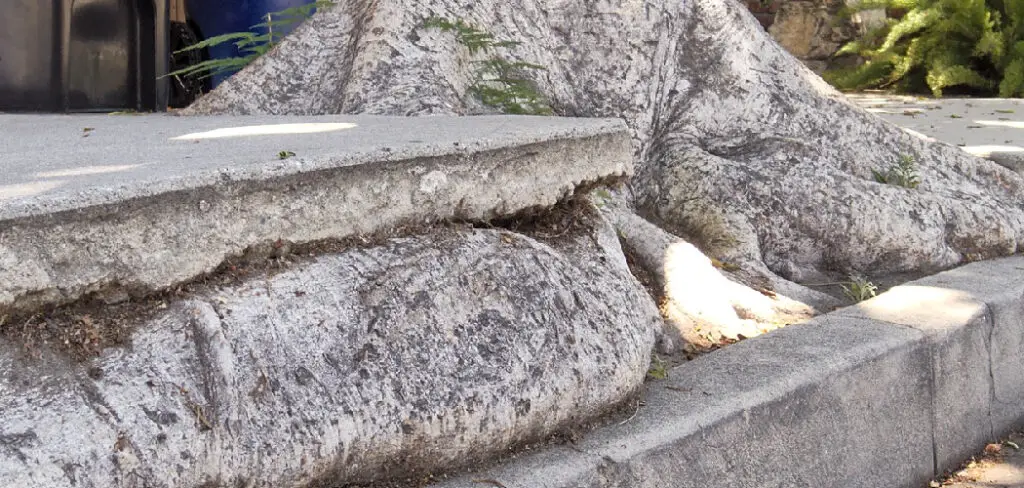
If you have seen cracks in your concrete driveway, it could be a sign of root intrusion which is where a repair job may be necessary. In this blog post, we’ll cover everything you need to know about how to repair concrete driveway damaged by tree roots, including proper preparation techniques and the materials needed for the successful completion of the project!
What Is the Best Driveway Material for Tree Roots?
When it comes to driveway materials, there are a few that work best with tree roots. The most popular option is asphalt. Asphalt is durable and easy to repair if the roots cause damage. Gravel driveways also work well because they can be easily replaced when damaged by tree roots. Concrete is a less desirable material for driveways with trees because it is difficult to repair and can crack easily from tree root pressure.
If you do decide to use concrete for your driveway, make sure there is ample space between the driveway and the tree roots so that the roots have plenty of room to grow without damaging the drive. Additionally, seal all cracks in the concrete as soon as possible to prevent further damage from occurring.
When dealing with tree roots in a driveway, it’s important to consider both short-term and long-term solutions. Short-term solutions include sealing any existing cracks or making repairs to damaged areas as soon as possible.
Long-term solutions involve taking steps to control or limit root growth, such as installing root barriers or cutting down overhanging branches. In either case, it is important to discuss the best approach with a landscaper or other knowledgeable professional.
Ultimately, the best driveway material for tree roots will come down to your individual situation and needs. Consider your budget, the amount of maintenance required, and any potential damage before selecting the right option for your home. With the right materials and preventive measures in place, you can keep your driveway looking great while ensuring that tree roots don’t cause further damage over time.
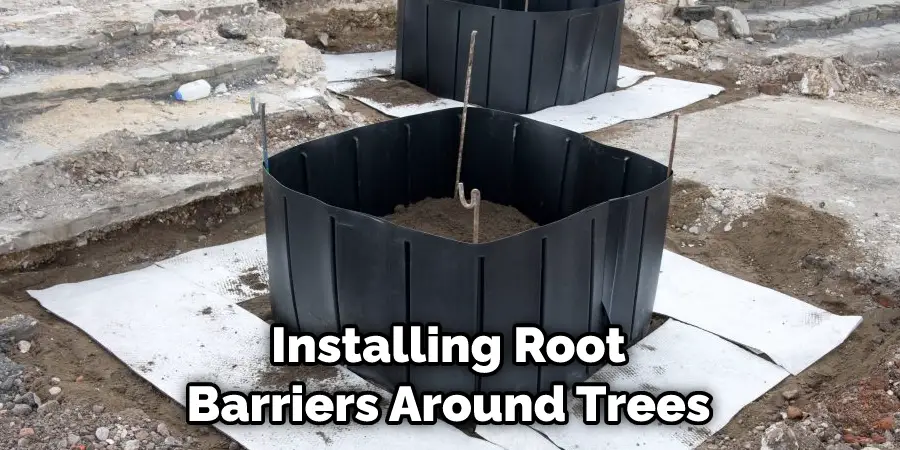
When it comes to protecting against future damages caused by tree roots, there are several preventative methods you can take. Installing root barriers around trees is an effective way to limit how far out their roots grow into driveways and other hardscapes.
Mulch can also be used to help insulate the roots from temperature swings, which can cause cracking in concrete driveways. Additionally, make sure to remove any overhanging branches that could potentially add pressure or weight to the driveway’s surface.
10 Methods How to Repair Concrete Driveway Damaged by Tree Roots
1. Remove the Tree
The first and most obvious solution is to remove the tree. This is not always possible or practical, but if you can remove the tree, it will be the best way to solve the problem. Start by digging down around the root, being careful not to damage it.
Once you have exposed the root, use a saw or sharp tool to cut it near the base of the tree. Then, use a shovel to remove any remaining root material from the ground. Make sure to remove as much of the root material as possible so that you can fill in the hole with concrete.
2. Cut the Roots
If you can’t remove the tree, you can try to cut the roots that are damaging the concrete. This is a difficult task, and you will need to be very careful not to damage the roots of other trees or plants. You will also need to be careful not to damage the concrete itself.
The best way to do this is to use a sharp spade or mattock and carefully cut away the roots. Be sure to treat any exposed tree roots with a sealant to prevent further damage. However, this will not completely fix the damage. It is merely a temporary solution.
3. Repair the Cracks
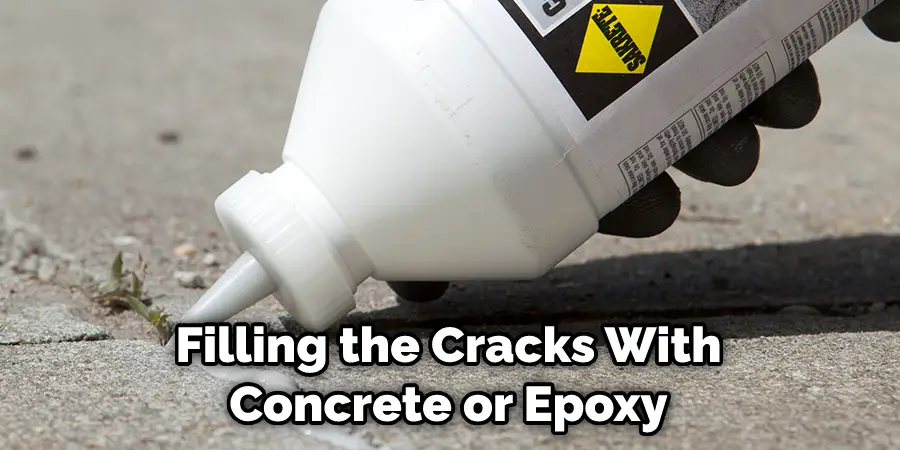
Once you have removed the tree or cut the roots, you will need to repair any cracks that have been caused by the roots. You can do this by filling the cracks with concrete or epoxy. Make sure to use a concrete patch that is designed for outdoor use and is durable enough to withstand the elements.
Once you have filled the cracks, let them dry completely before applying any sealer or paint.
If you are planning to paint or stain the driveway, make sure to use a product that is designed for outdoor use and is resistant to mildew and UV rays. Apply the product as directed and let it dry completely before applying any additional coats.
4. Replace the Damaged Sections
If the damage is extensive, you may need to replace sections of the concrete driveway. This is a more difficult and expensive task, but it may be necessary if the damage is severe. Begin by cutting out the damaged sections of the concrete with a saw.
Make sure you cut at least several inches away from the area that is visibly damaged, as tree roots can cause damage to a larger area than what is visible on the surface. Once you have removed the old concrete, it is important to prepare the area thoroughly before pouring in new concrete. Make sure you remove any tree roots as well, and ensure that all areas are level.
5. Seal the Concrete
Once you have repaired all of the damage, you will need to seal the concrete to prevent future damage. There are many different types of sealants available, so you will need to choose one that is appropriate for your particular situation.
Make sure to read the instructions carefully and follow them exactly. Generally, sealants should be applied in two thin coats, allowing the first coat to dry before adding the second. Once you have applied the sealant, it should protect your driveway from further tree root damage for several years.
6. Waterproof the Concrete
Another way to prevent future damage is to waterproof the concrete driveway. This will help to keep water from seeping into cracks and causing further damage. There are many different types of waterproofing products available, so you will need to choose one that is appropriate for your particular situation.
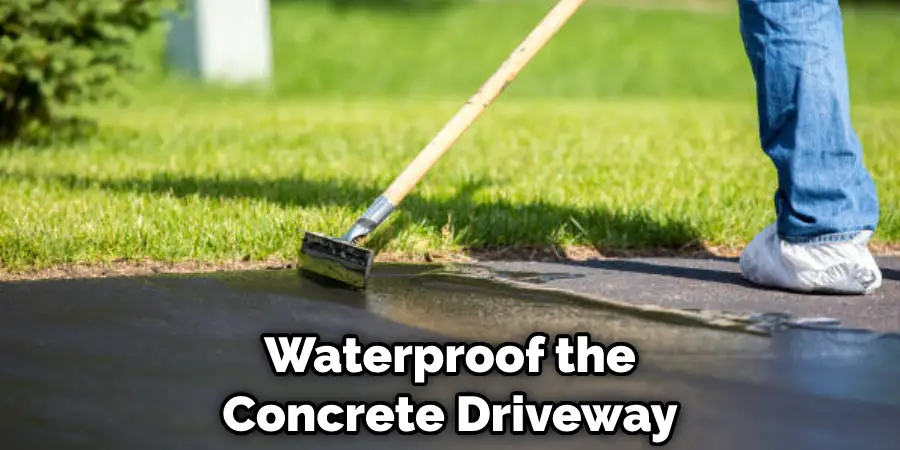
Make sure to follow the instructions on the product carefully so that it is applied properly. This will help to protect your driveway from future damage caused by tree roots. Additionally, you may wish to consider applying a sealer to the concrete for added protection. Applying a sealant will help to prevent the surface from becoming damaged due to UV rays, temperature changes, and more.
7. Cover the Driveway
If you live in an area where there are a lot of trees, you may want to consider covering your concrete driveway with a tarp or other type of cover when there are high winds or severe weather conditions. This will help to protect your driveway from further damage.
If you don’t have a cover, you can also use sandbags to keep debris from falling onto your driveway. Additionally, if the tree roots are growing near your driveway, you may want to consider installing a root barrier around the tree in order to prevent them from encroaching on your driveway.
8. Use De-Icing Products Sparingly
If you live in an area where snow and ice are common, you will need to be careful when using de-icing products on your driveway. These products can cause damage if used too frequently or in large amounts. You should only use de-icing products when absolutely necessary and follow all manufacturer’s instructions carefully.
9. Remove Snow and Ice Immediately
If you live in an area where snow and ice are common, you should make sure to remove them from your driveway as soon as possible. Snow and ice can damage the concrete if left sitting for too long. You can use a shovel or other tool to remove the snow and ice quickly and easily.
10. Call a Professional
If all else fails or you would rather not attempt any of these methods yourself, it is time to call in a professional. A knowledgeable contractor can assess the damage, advise on what needs to be done, and complete any necessary repairs quickly and correctly. This will help to ensure that your concrete driveway is safe and secure for years to come.
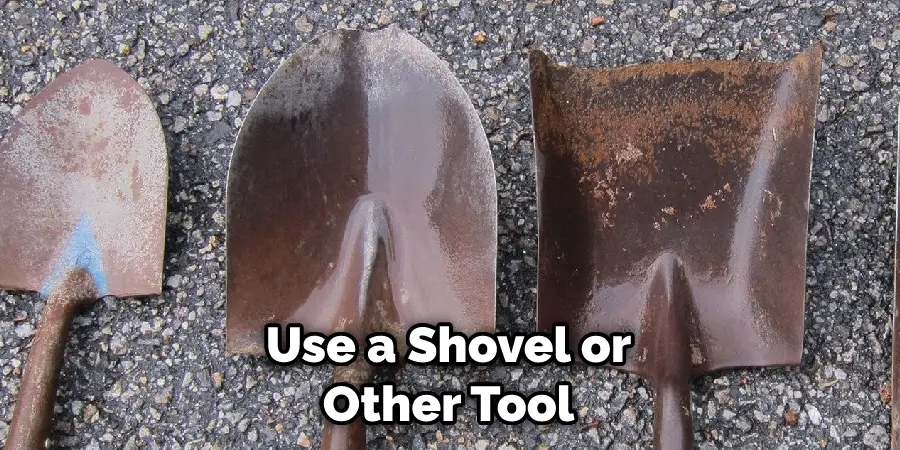
Conclusion
Although it may seem daunting, repairing your concrete driveway is a daisy. By following these simple steps and taking the necessary safety precautions, you will have your driveway looking good as new in no time. So don’t wait any longer; get out there and start fixing that damage today! We hope this guide on how to repair concrete driveway damaged by tree roots was helpful. Please share it with your friends on social media if you find it useful. And be sure to check back here soon for more informative guides like this one.
You can check it out to Install Fence on Pavers

